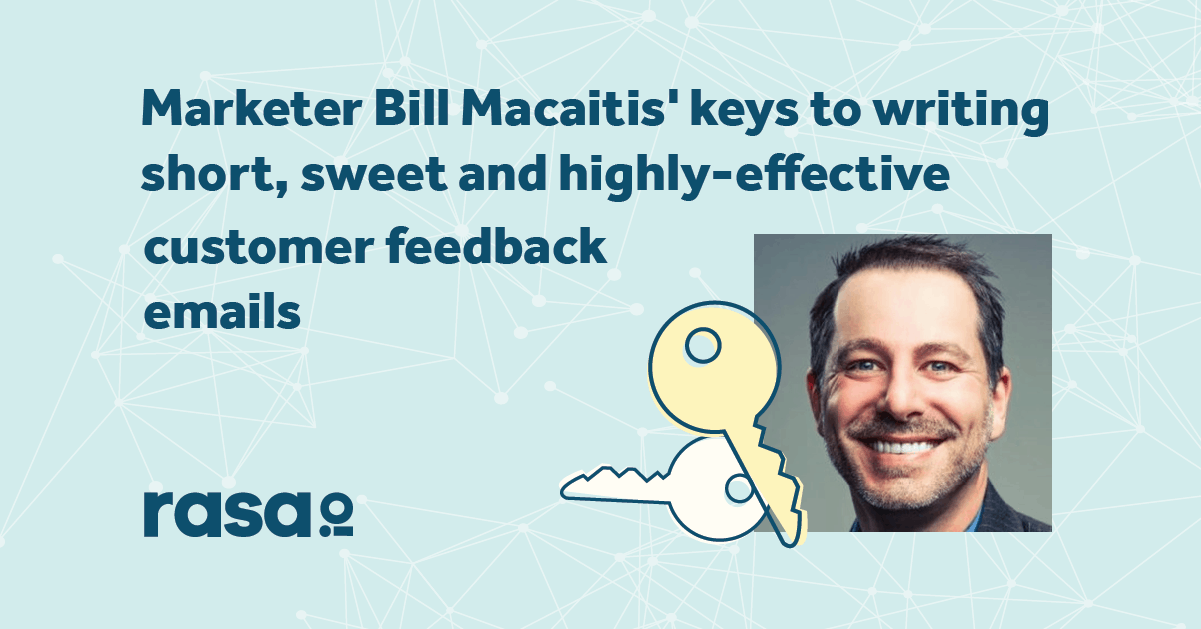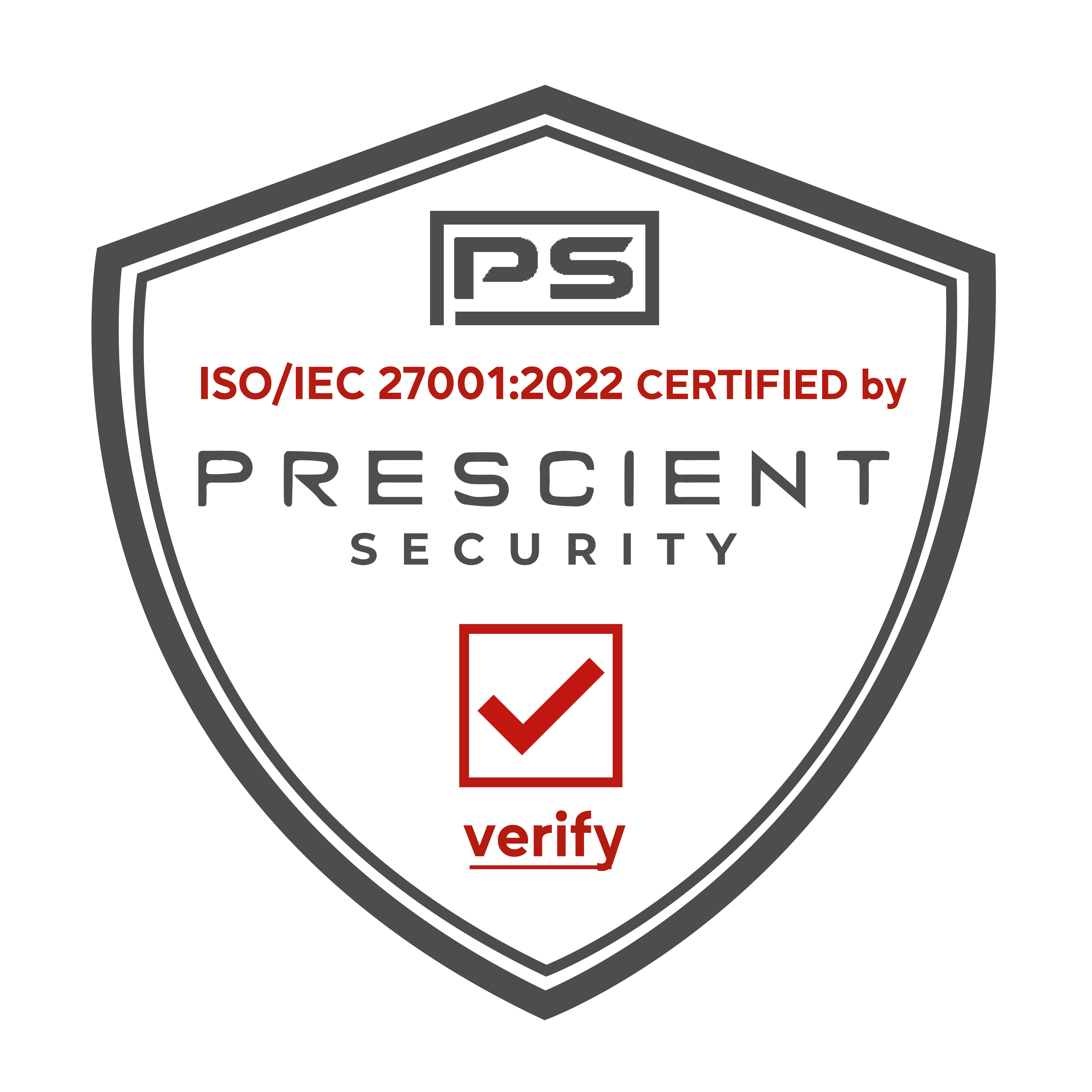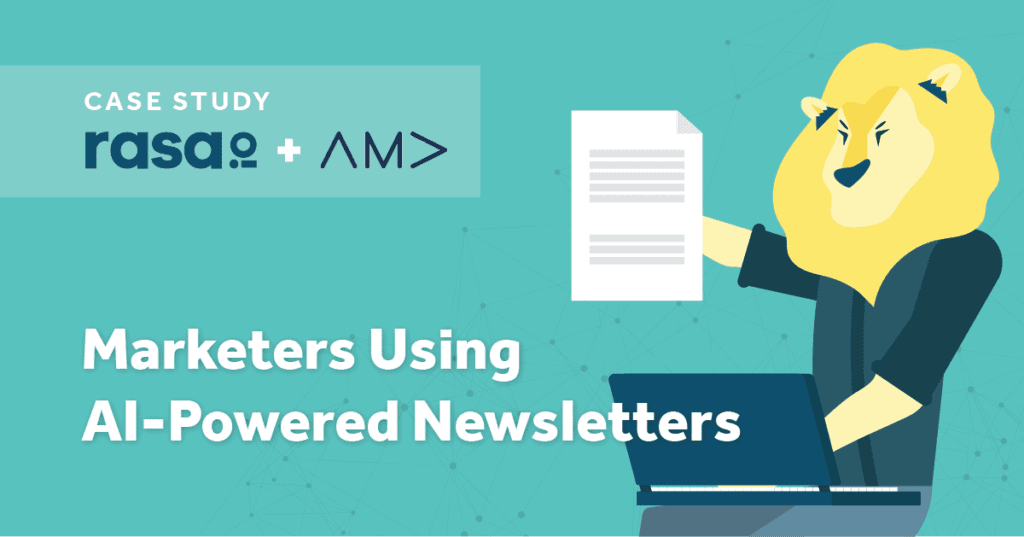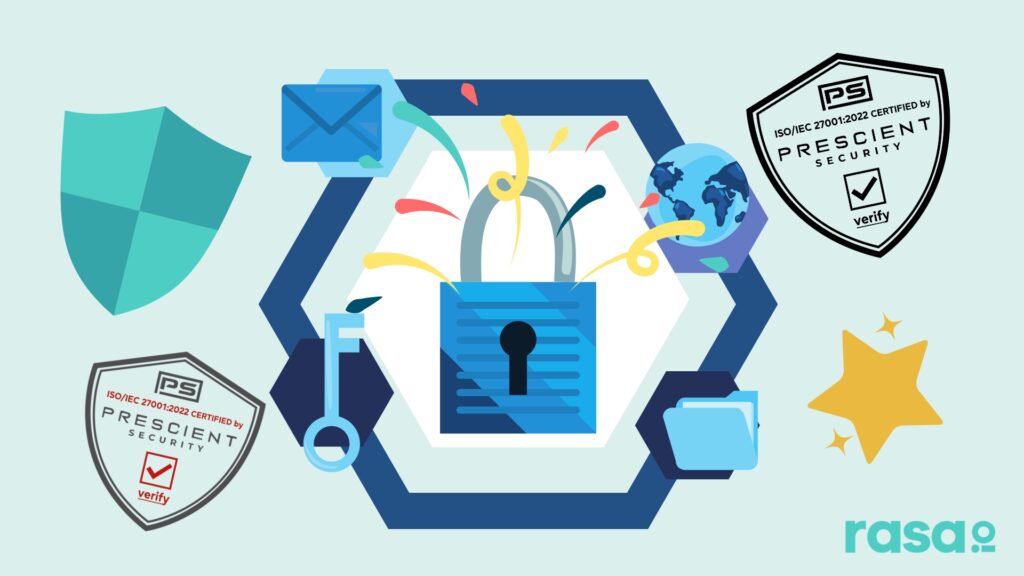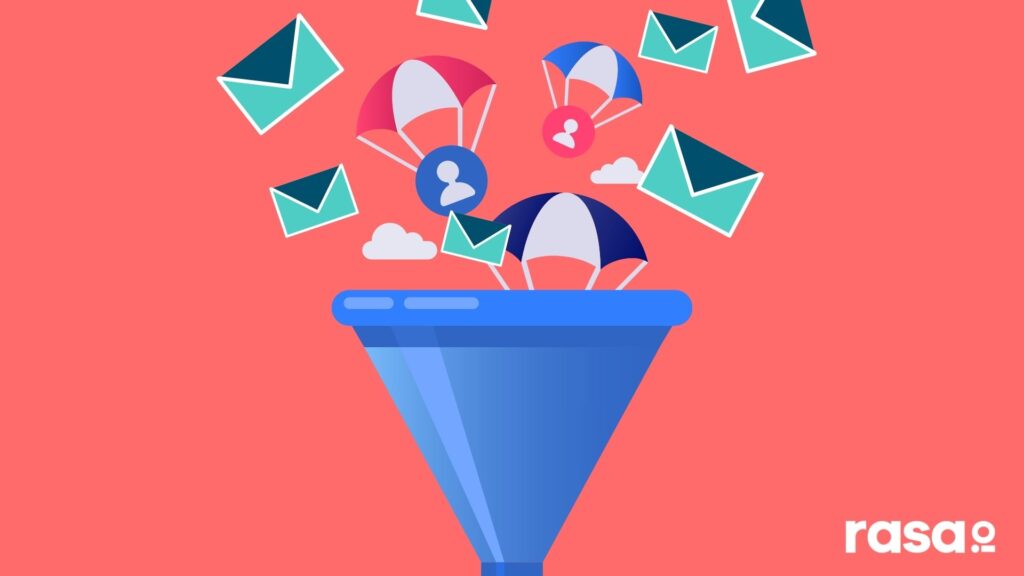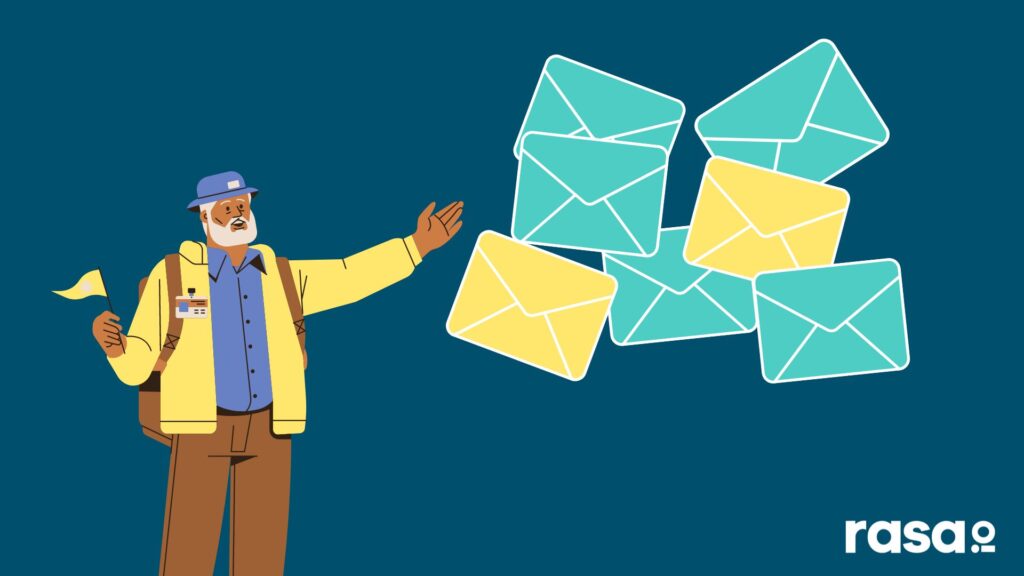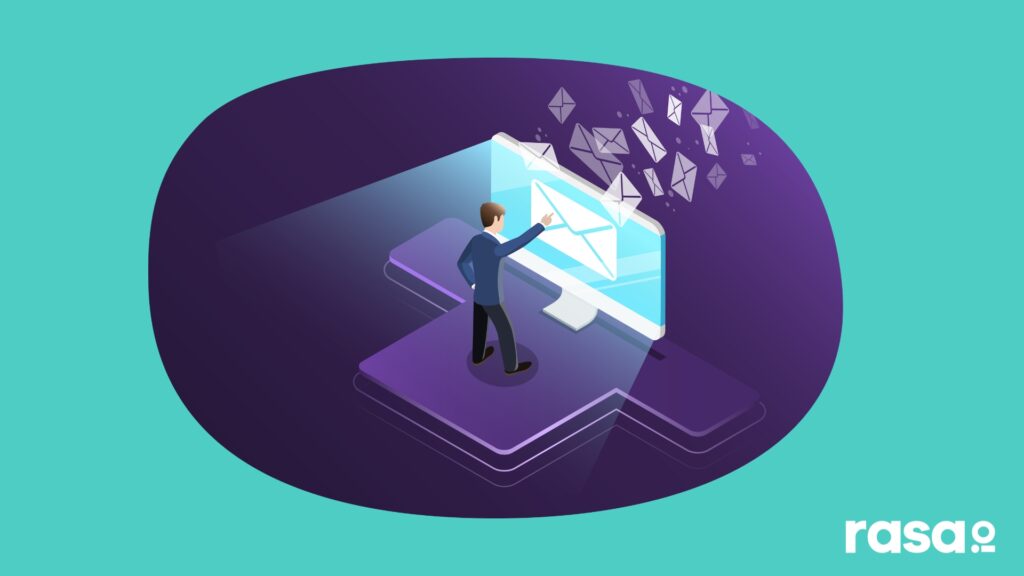Asking for customer feedback over email is the marketing equivalent of walking a tightrope. You want to be clear on what you’re asking for, but also direct. You want to get as much info as possible without overwhelming the reader.
Bill Macaitis, who has led marketing efforts at Slack, Zendesk and Salesforce, said a lot of companies have gotten into the habit of emailing customers lengthy surveys to complete. That’s a recipe for failure, he said.
“Sometimes I’ll get surveys from other people where it sounds like it was just sent out to 10,000 people… You have to fill out a 14-page survey and you hit finish and you don’t even know if anyone read it,” Macaitis said.
Macaitis encourages a pared-down approach. He limits all his feedback emails to a single, pertinent question. The result is a feedback email that’s approachable for both the customer and your customer service team, he said.
Macaitis broke down his approach to getting customer feedback for a recent episode of rasa.io’s Pushing Send podcast. Here’s what he had to say.
Introduce yourself.
It’s important to invest time in introducing your company and what it does before asking an email subscriber for feedback. For new email subscribers, focus on sending educational emails before you start asking for comments and suggestions, Macaitis said.
At Slack, the marketing team first used email as a way to engage customers or prospects, establish the brand voice and show them the ins and outs of the tool, he said.
“They learned a little bit about who we are and how we like to have a little bit of fun and laugh and smile,” Macaitis said.
Email subscribers were added to the customer feedback list after a relationship had been established, he said. Why is this important? Readers are more likely to provide useful reponses if they know more about the sender, Macaitis said.
Keep it short.
Macaitis can’t help but cringe when he gets a giant survey over email. That’s when feedback turns into work, he said. The last thing you want to do is overwhelm the customer you’re trying to get a response from.
“You have to fill out a 14-page survey and you hit ‘finish’ and you don’t even know if anyone read it,” he said.
The last thing you want to do is overwhelm the customer you’re trying to get a response from.
The better alternative is to pick a single question that matters. Macaitis points to Net Promoter Score, a survey tool for gauging customer loyalty, as a good example of how to structure effective single-question surveys.
The best one-question response Macaitis can remember came early in his career when he was working for a website designed for sharing and storing photos. (This was well before the iPhone revolution and the rise of smartphone cameras.)
The email had a two-word subject line—Quick question— and asked readers to name one or two features they would like to see added to the site. Macaitis said he was “blown away” by the response, noting a few people even took the time to write personal notes about their experience with the platform.
Included in those replies were “personal stories of how the site had helped them save their memories,” Maicaitis said, “and all the connections they made from it.”
He’s not sure that would have been the case if it weren’t for the short, pointed tone of the email.
Keeping your feedback emails short also benefits your company. It’s a lot easier (and faster) to review and gather insight from short surveys, Macaitis noted.
Make it personal.
The worst thing about customer feedback surveys? They’re often “faceless,” Macaitis said. An easy way to get more responses is to simply to explain who will be reading the responses, he said.
At Slack, Macaitis noted he would always start his feedback emails out with a personal greeting. It went something like this: Hey, I’m Bill. I lead up marketing here at Slack, can you help us out and maybe fill this out?
Make sure the email tells readers “here’s who I am and here’s what I’m looking for,” Macaitis said. Also include a line that says, “I read every one of these,” he said.
The approach demonstrates that there is someone on the other side who was waiting for a response. It also frames the interaction as one person helping another person out.
Simple, but effective, Macaitis said.
Read the response.
It should go without saying that if you’re asking for customer feedback you need to read the responses. In practice, it doesn’t work out that way. Macaitis noted many feedback emails explicitly ask the reader not to hit reply on the email. It’s subtle, but that signals to the reader there’s no one on the other side reading responses, he said.
“Whether we’re talking to them in person, in the product or via email, we want to recognize real people.”
Set up a system that ensures every piece of feedback is read by a real person who can respond to questions and complaints with a follow-up email, Macaitis said. Complaints about product glitches or problems are almost guaranteed every time you ask customers to share their perspective. Get back to those customers immediately. And don’t just focus on the negative—respond to the positive feedback as well.
The bottom line? Nobody wants to waste their time, Macaitis said. If you’re asking customers to take time to answer a question, include a promise that you will take time to read their response, he said. And keep it.
“This is a real person,” Macaitis said. “Whether we’re talking to them in person—whether it’s in the product or via email—we want to recognize real people.”

